Low-tech coach restoration (3)
A couple of the coaches I’m restoring had buckled or sagging rooves, so I’ve been rolling and detailing some new ones from Plastikard. It’s one of those pleasing tasks where you get the satisfaction of making something from scratch without things getting too stressful - although with brass rooves it can of course be a bit more tricky. Here's a brief illustration of what I've been doing.
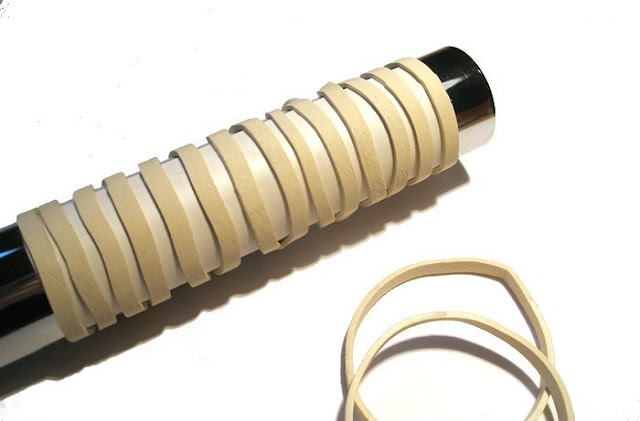
“So tell me dear, should I be worried?“ In retrospect, I can see why my wife was slightly concerned! But what we have here is of course just the Plastikard roof cut to shape and rolled tight around a tube. This particular tube is 3.1 cm across, and is in fact a bit of plumbing from a sink.
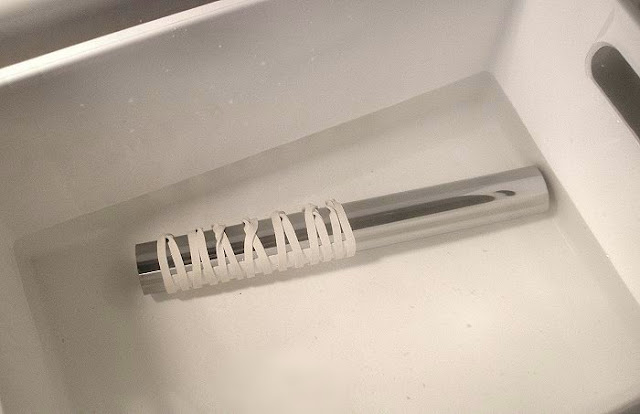
The tube immersed in a tub of boiling hot water, left for 10 minutes and then cooled down quickly under the tap.
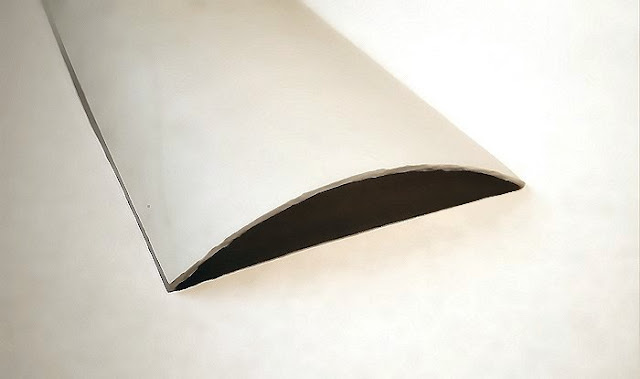
The resulting curve works out right for the single-arc roof profile on these coaches. The Plastikard is 0.5 mm which I think is the thinnest I can get away with while still keeping it relatively sturdy.
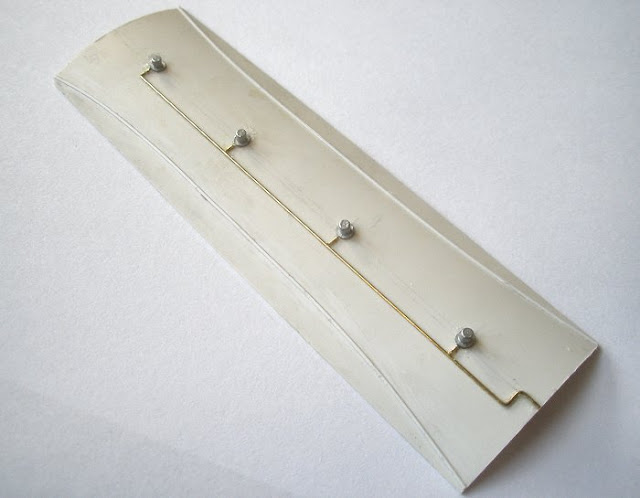
Gas piping from Alan Gibson straight brass wire (should it have been a smidgen thinner?) and lamp tops from IKB. The rainstrips are plastic strips from Evergreen.
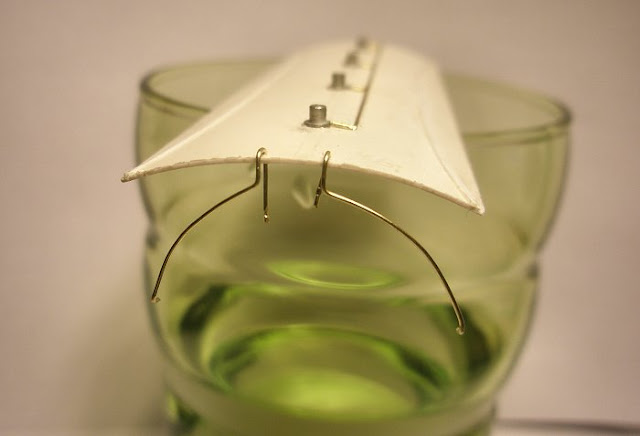
I’ve been ambivalent about grab rails on coach ends (life is hard for the railway modeller!). Partly because it can sometimes look too obtrusive on models: If you look at a real coach, it is not really something that captures the eye. And partly because I like to have my rooves removeable, and the rails gets in the way of that. So some of my coaches only have the grab rails indicated. But now I’ve decided I want it there in full, so the rooves will just have to be fixed in place.

A trial fit and things look OK. But it seems I’ve gone and squashed the lamp brackets – hope I can get them straightened out!
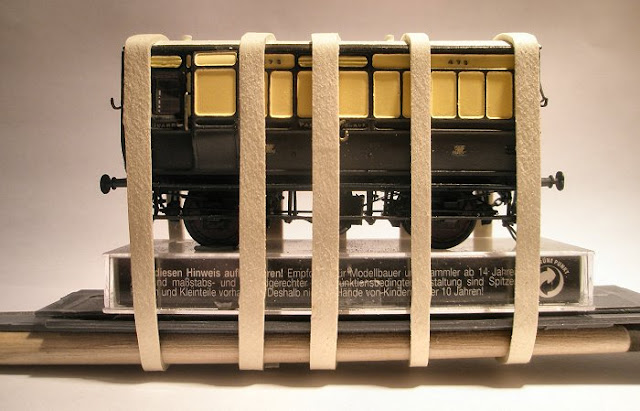
Glueing down the roof on a V2 that I finished some time ago. I kept the original roof on this one. The coach is on a flat surface with bits and pieces stuck in below to get just the right tension on the elastic bands - enough to keep it tight but not so much as to bend/damage the roof.
I realize that plastic rooves are not as good as brass ones, and they require good internal support. But so far I haven't had problems with other rooves I've done in the past, so it seems to work.
-
 29
29



23 Comments
Recommended Comments
Create an account or sign in to comment
You need to be a member in order to leave a comment
Create an account
Sign up for a new account in our community. It's easy!
Register a new accountSign in
Already have an account? Sign in here.
Sign In Now